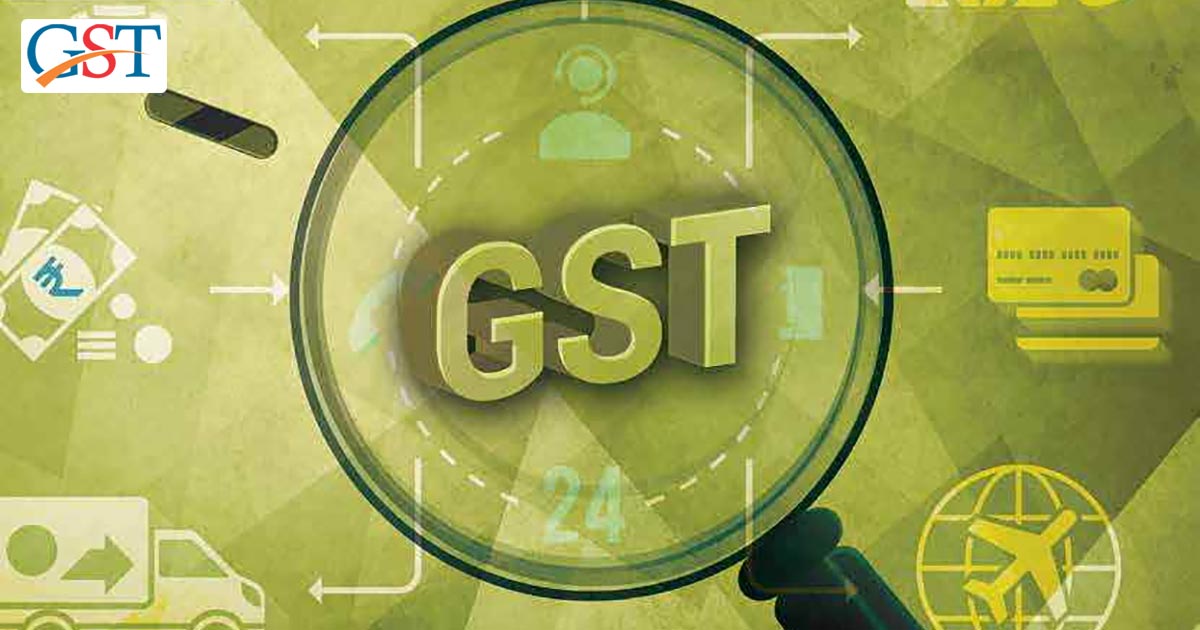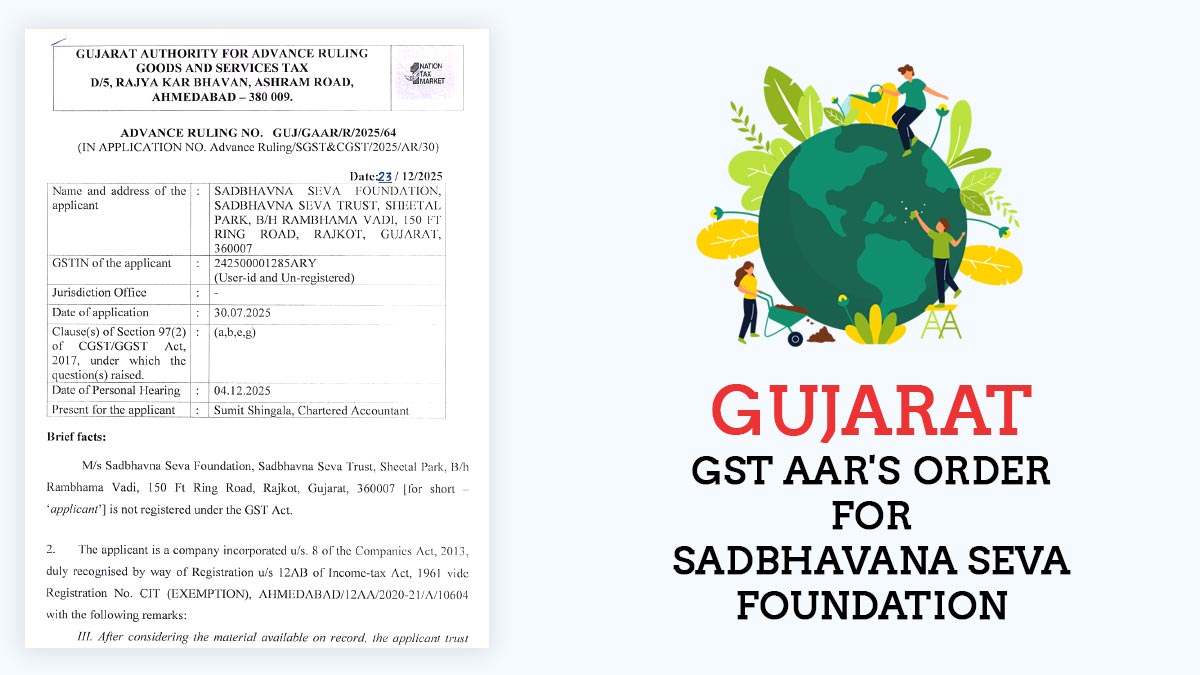It has been almost eight months since the Goods and Services Tax (GST) was launched in India and it is still going through changes. GST is far from a stable state. This instability is severely affecting the government’s revenues generated from tax. The e-way bill has been postponed to April launch from its original February launch date, which leaves us wondering how it will affect the revenue collections.
Let’s have a look.
The GST revenue collected in July 2017 was approx 95,000 crores, which decreased to 92,150 crores in September and dropped further to 83,346 crores in the next month and remained in the same line since.
It won’t be fair to say that the government is not concerned about the declining revenue collection. The GST Council had earlier preponed the e-way bill implementation date to 1 February 2018 with the aim to stabilize revenue collections, however, the e-way bill trials which began on 15 January were quite unsuccessful and the portal kept failing to process the bills forcing the Council to defer the launch.
As per the last GST meeting, the decision was made that e-way bill for interstate transports will now be implemented from April 1. The final decision is, however, pending for the next GST meeting scheduled on 10 March. There is still no word on likely date for implementation of intrastate e-way bill and invoice matching system.
According to GST collection reports, the revenue inflow has been lower than expectations in the after GST months so far. This is because of the uncertainty and troubles around the whole system. Even though the government is regularly coming up with new ways to increase the revenue margin and boost tax compliance, it is still not possible to clearly predict whether or when the collections will start stabilizing.
A report by Kotak Institutional Equities dated 21 February said, “We reinstate our view that the FY2019BE (budgeted estimates) GST assumptions are on the higher side. While we do not rule out compliance-led upside, it is unlikely to feed in from the start of the year. This will complicate the budget arithmetic. July-November data indicates (on cash accounting basis) that the monthly run-rate is around Rs. 940 billion and FY 2019E run-rate is likely to be Rs1.1 trillion, implying a growth rate of around 17.4%. This target could be difficult to achieve if compliance does not pick up from the start of FY2019.”
The report indicates that the markets may start experiencing a decline if GST revenues do not pick up in FY19. Lower GST revenues would also mean that the government will have to borrow more money which may, in turn, negative affect the fiscal deficit position. The elevated inflation has further added to the troubles. This is also likely to spook the bond market and stock markets of the country in the long run. Overall, the future of India’s stock market, business world and common man depends a lot on the success of GST.










